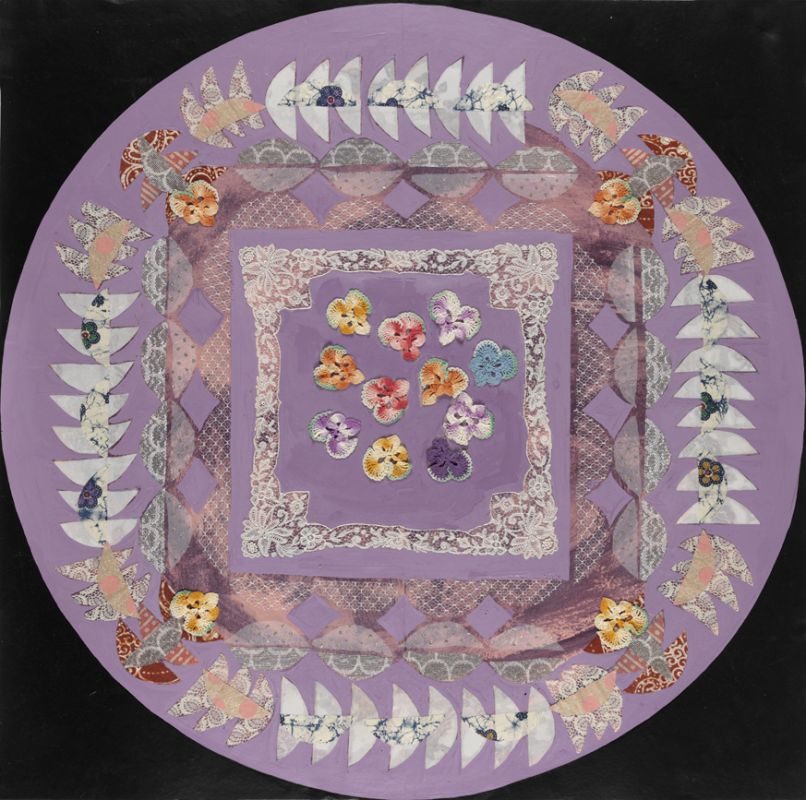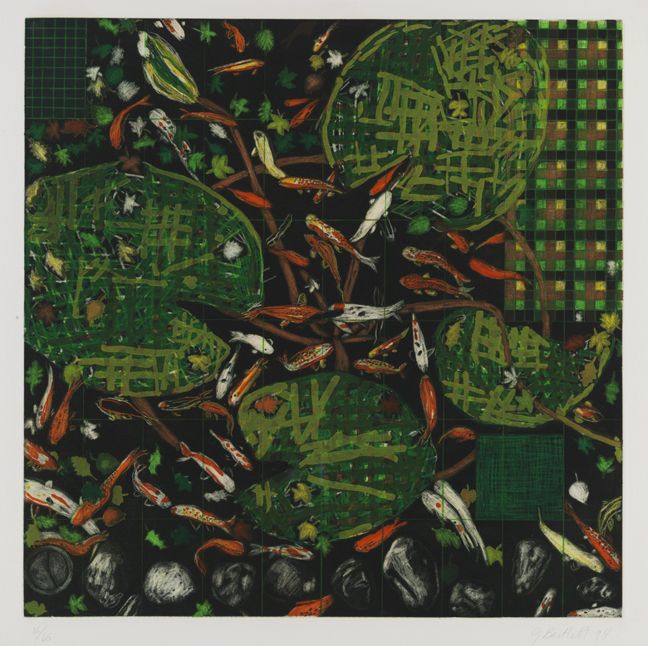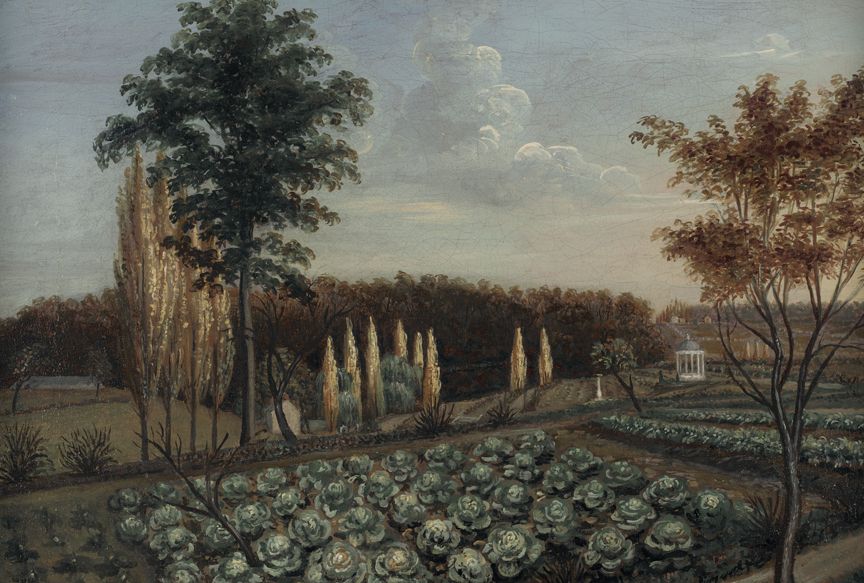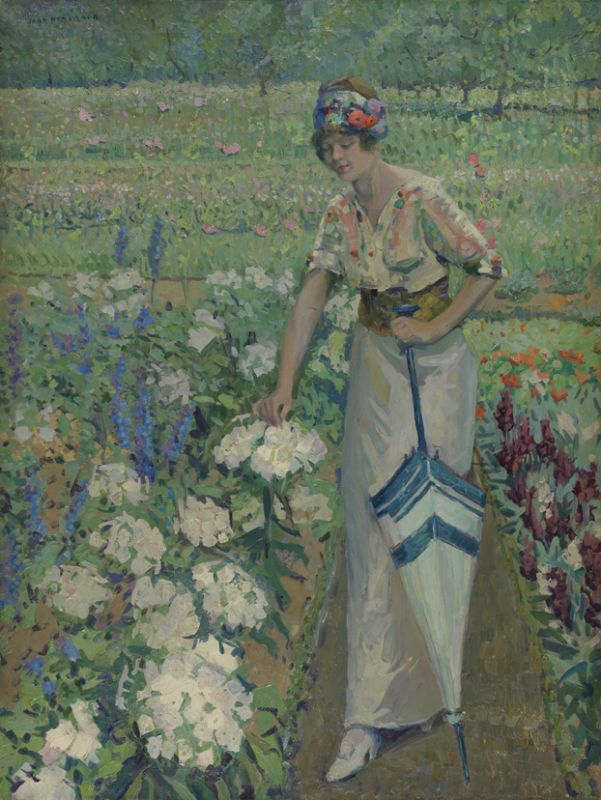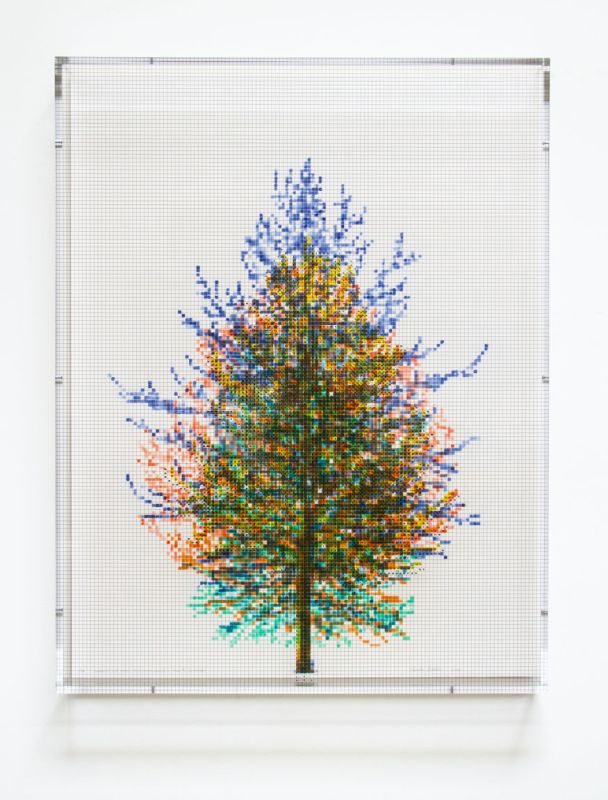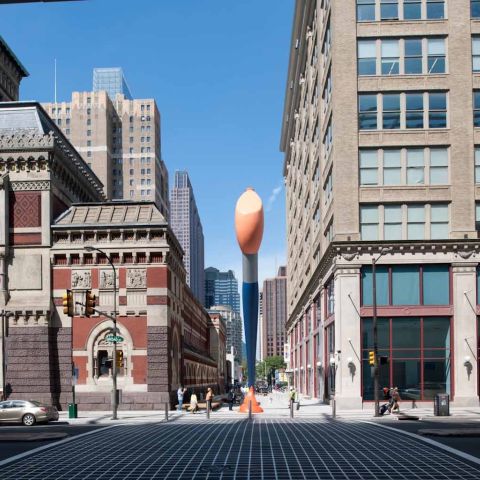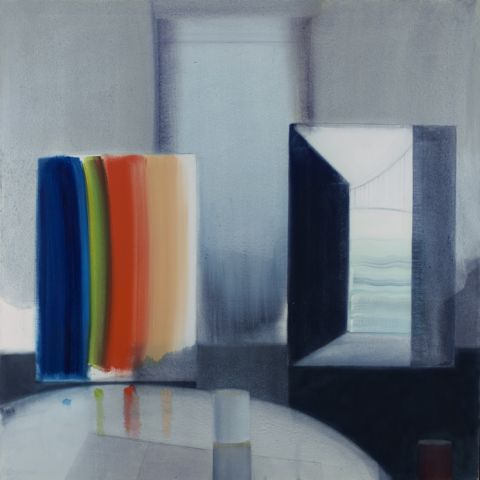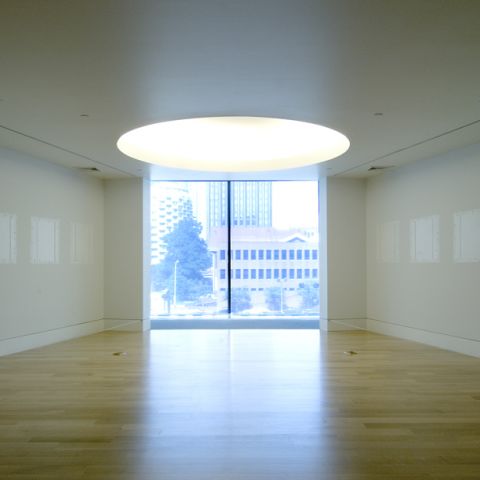Artists as Cultivators
Artists as Cultivators
The Pennsylvania Academy of the Fine Arts (PAFA) was founded on December 26, 1805 by a group of artists and civic leaders to “promote the cultivation of the Fine Arts, in the United States of America”, a mission that was both nationalistic and deeply specific in terms of Philadelphia civic and artistic creation. Artists as Cultivators fills the entirety of PAFA’s 1876 National Historic Landmark Building and examines how artists have fostered critical social dialogues over three centuries through their use of nature as subject, theme, and material. The natural world was mobilized as a symbol for nationalist expansion in early 19th century landscape paintings and as idealized gardens in the Progressive era in the late 19th and early 20th centuries. Artists working in the later 20th century until today increasingly grapple with the impacts of industrial expansion, environmental extraction, and suburban sprawl.
Building upon two previous PAFA exhibitions, The Artist’s Garden: American Impressionism and the Garden Movement (2015) and Rising Sun: Artists in an Uncertain America (2023), this exhibition presents 120 drawings, paintings, prints, sculpture, and digital installations, selected from PAFA’s permanent collection, that reveal how American artists have cultivated discourse, care, critique, and change by way of engagement with nature.
Connectivity
Dyani White Hawk’s large-scale, immersive video installation RELATIVE (2023), commissioned by PAFA for Rising Sun: Artists in an Uncertain America, inspires this section highlighting connectedness across peoples, geographies, and ecologies. As White Hawk stated in an interview for the Rising Sun catalog, “We’re all connected, and if we’re not able to recognize our relatedness across humanity, we’ll never be able to learn how to live in peace and healthy cohabitation. The same goes for all life. If we can’t recognize that the health and well-being of the animal life and the land itself is inextricably related to our own health and well-being, all life will suffer.”
Curae
The Latin word cura, or curae, is the root of the word “to curate,” meaning to care for or to cure. Here, “curae” explores how the practice of curating and collecting is a practice not only of organization, but of care. As The Artist’s Garden demonstrated, artists and gardeners are both cultivators of a kind. Curators and institutions can be cultivators as well, providing environments where art and artists can grow and thrive. Inspired by the artistic and curatorial practice of Philadelphia printmaker and curator Ruth Fine, this section imagines how curators and artists create community, nurture artistic innovation, and use nature or ecosystems as inspiration for growth and connectivity. Alison Saar’s Hygiea, originally commissioned for Rising Sun, is a multi-media installation affirming the critical role of care in maintaining healthy, correlative communities.
Converge
Minerva Cuevas’s The End (2016) introduces this section which asks: how does nature become a contentious site for social dialogue? How does a myth become a landscape, and how is a landscape then seen as a reality? Using artists as our guide we explore how representations of nature can create national mythologies of an untouched Eden, as in Albert Bierstadt’s Niagara Falls. Using the visual language created by 19th century artists, contemporary landscape painters like Cuevas can reframe these myths to critique not only nationalistic formations of landscape, but the devastating consequences of transforming the natural non-human world into a projected fantasy of American landscape. Cuevas, like Dyani White Hawk, whose video work is included elsewhere in the exhibition, uses the cultivated beauty of human-shaped landscapes to call attention to our obligation to care for the earth that is our home.
Cultivator: The Curatorial and Artistic Practice of Ruth Fine in Context
The Von Hess Works on Paper Gallery features an installation spotlighting Ruth Fine's artistic and curatorial contributions, part of the (re)FOCUS 2024 festival celebrating the 50th anniversary of Philadelphia Focuses on Women in the Visual Arts in 1974. (re)FOCUS 2024, echoing the 1974 event, spans city visual arts institutions, showcasing the shift of women identifying and BIPOC artists from the periphery to the art world's center. Ruth Fine, an integral figure from the original festival, is honored for her printmaking and decades of curatorial work. PAFA's permanent collection includes 172 prints and proofs by Ruth Fine, some showcased alongside works from artists she curated, emphasizing nature-related themes. Learn more about "Cultivator: The Curatorial and Artistic Practice of Ruth Fine in Context" →
Image Credit: Rising Sun: Artists in an Uncertain America at the Pennsylvania Academy of the Fine Arts, March 23, 2023–December 31, 2023 in the Historic Landmark Building. Courtesy of the Pennsylvania Academy of the Fine Arts, Philadelphia. Photography by Constance Mensh.
Artwork: Dyani White Hawk - RELATIVE, 2023, Vinyl on mirror glass panels, 8-channel video, color, 6-minute loop, sound composition, stereo, 20-minute loop, 9 ft x 16 ft. Commissioned by PAFA for Rising Sun: Artists in
an Uncertain America, courtesy of the artist and Bockley Gallery. Photography: Constance Mensh
Exhibition Highlights
Explore More Exhibitions
We're so excited you're planning to visit PAFA!
Make time for art — visit us Thursday to Sunday.
Before reserving your tickets, please review helpful information about museum hours, accessibility, building access, and special admission programs.
If you have any questions, feel free to reach out to us at visitorservices@pafa.org — we’d love to help!
